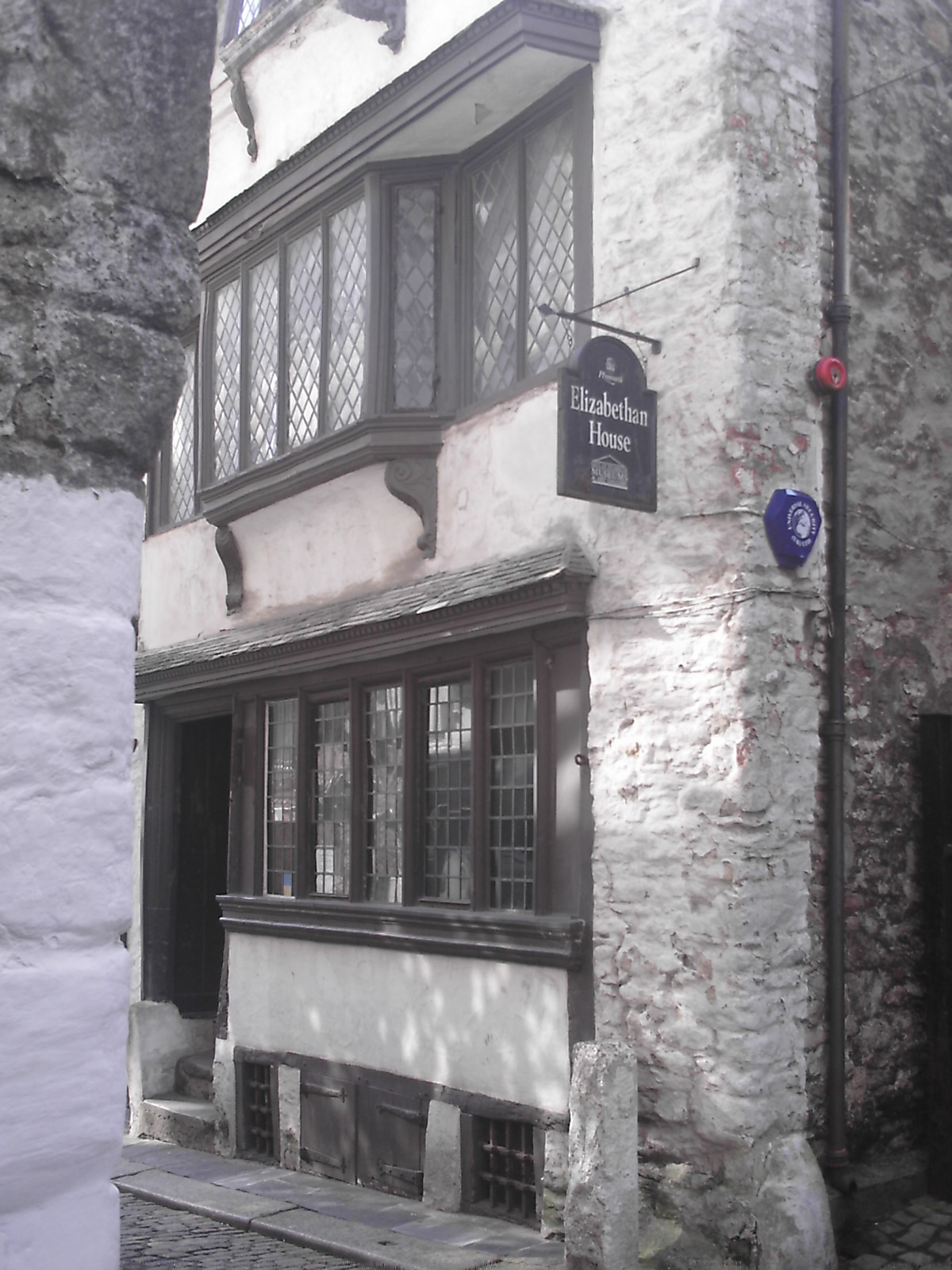Preparations to make one of the oldest properties in Plymouth ready to play its part in the Mayflower commemorations look set to get underway in the Autumn.
Plymouth City Council has submitted a listed building application for a detailed structural condition investigation to be carried out on the Elizabethan House.
The application asks to carefully remove all internal finishes, including sand and cement renders and lime plaster, from the building to enable a full assessment of its condition to be carried out. All original features will be recorded and conserved as part of the project,
The house in New Street is a grade 2* listed building and is in need of conservation. An initial structural and condition appraisal has already been carried out and has established that the building has significant issues which need further investigation.
Inappropriate repairs carried out in 1929 has resulted in persistent damp issues within the building that now requires a sympathetic and comprehensive response in order to fully rectify the problem
Council Leader Ian Bowyer said: “This is the start of our journey to get this house ready for Mayflower 400.
“We want it to play a part in our story by renovating it and creating a place people will be able to see what life was like four centuries ago. But its age means we have to treat it very sensitively.”
Because of its condition and age, Historic England has included the Elizabethan House on its ‘Heritage at Risk Register’. The Council now plans to bid for funds to address the structural condition issues and an application will be submitted to Historic England in the autumn.
A conservation-led design team is being appointed to renovate the building with a view to creating an exciting immersive museum experience which will transport visitors back to Elizabethan Plymouth and is a key aspect of the Mayflower 400 capital programme as recently announced.
The structural investigation work will start late autumn and is expected to take around six months. Following on from that designs for the new museum will be developed.
